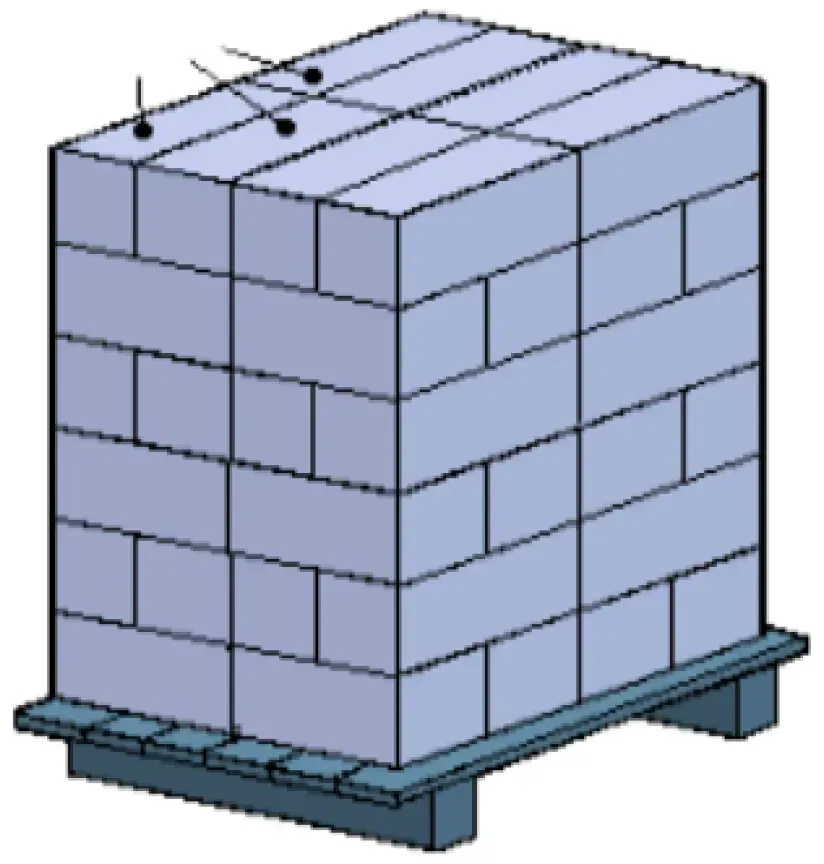High demand and peak congestion may cause delay in your shipment. Rest assured we are constantly on expediting it.
High demand and peak congestion may cause delay in your shipment. Rest assured we are constantly on expediting it.

Palletizing is regarded as a sure-safe way of dispatching cargo consignments, therefore we recommend palletizing your goods to ensure proper safety and timely delivery of your shipment. Although palletizing slightly increases the volume of your shipment, it benefits far outweigh this increment in terms of ease in handling and storage efficiency at the dock(s) and in transit.

The ideal situation would involve palletizing a box that is 24” (length) x 18” (width) x 24” (height). The upper limit for a pallet’s height is 62” (if shipping by Air) and 88” (if shipping by Sea) whereas each individual pallet’s weight should not exceed 1500 Lbs. You can stack four boxes with these dimensions in one layer,so this means that one standard pallet can accommodate a maximum of three layers of boxes with the aforementioned dimensions, with four boxes in each layer.
Even though we transport consignments in a variety of shapes and sizes, our objective is to ensure optimal utilization of storage space while loading shipments.
Pallets (especially timber pallets) offer environmental advantages; they are sustainable packaging materials, can be easily repaired using low cost technologies and are recyclable at the end of their useful lives.
Feel free to reach out. We are here to help 24/7